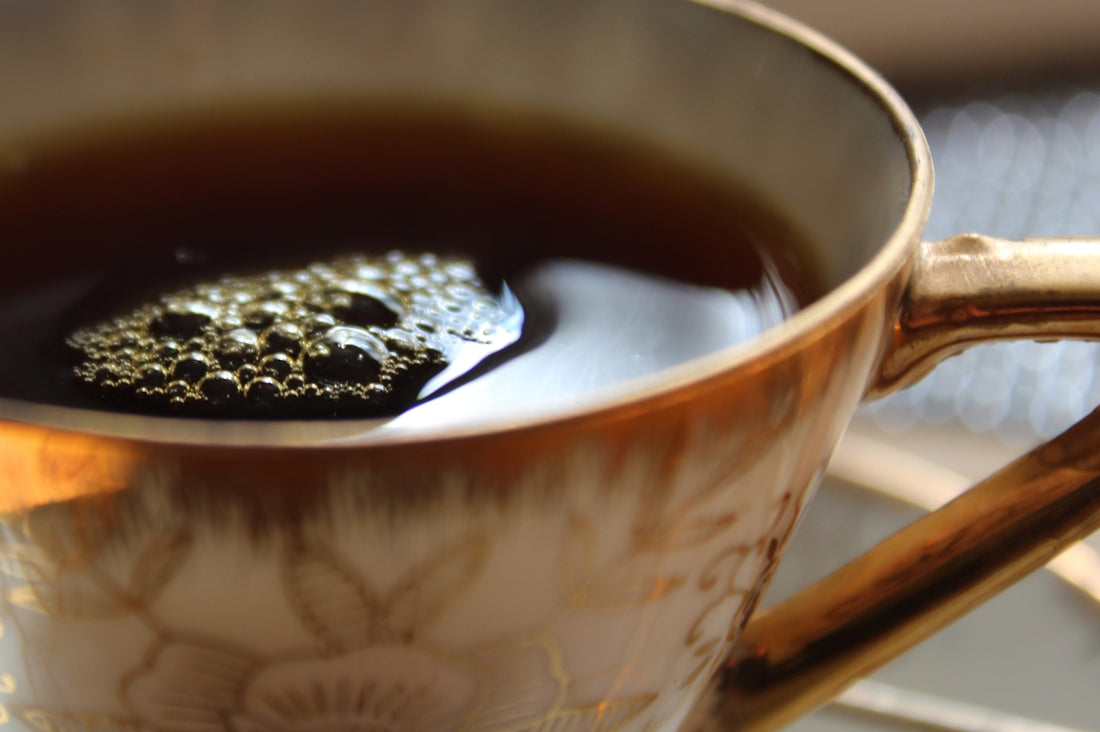
Frequently Asked Questions About Black Tea and Green Tea
Tea is a timeless beverage cherished worldwide, with black tea and green tea being two of the most popular varieties. While both types come from the Camellia sinensis plant, their unique processing methods, flavor profiles, and health benefits often lead to curiosity and questions for both seasoned enthusiasts and new tea drinkers alike. This blog post aims to address some of the most frequently asked questions about black tea and green tea, helping you navigate your tea journey with confidence and delight.
What is Black Tea, and How Does it Differ from Green Tea?
Black Tea:Black tea is characterized by fully oxidized leaves, which give it a robust flavor and dark color. It is known for its rich aroma and can often have notes of malt, spice, or even chocolate. Black tea is typically stronger than its green counterpart and contains more caffeine, making it a popular choice for a morning boost.
Green Tea:Green tea leaves, on the other hand, are not oxidized. They are quickly steamed or pan-fired after picking, allowing them to retain their green color and fresh flavor. Green tea is known for its slightly grassy or vegetal taste, with subtle notes of sweetness and bitterness. It generally has a lower caffeine content compared to black tea.
What Are the Health Benefits of Black Tea and Green Tea?
Both black tea and green tea are rich in antioxidants known as flavonoids, which may offer a range of health benefits:
- Heart Health: Studies indicate that the antioxidants in both teas may help improve heart health by reducing cholesterol levels and blood pressure. Regular consumption of these teas is associated with a lower risk of heart disease.
- Oral Health: The compounds in black and green teas have properties that can aid in oral health, reducing the risk of cavities and improving gum health.
- Weight Management: Green tea, in particular, is often praised for its role in weight management. It can boost metabolic rate and enhance fat burning due to the presence of catechins.
- Mental Alertness: The caffeine in both black and green tea can improve focus and cognitive function. Green tea also contains L-theanine, which may promote relaxation without drowsiness.
What Makes for the Best Black Tea?
The best black tea is subjective and depends largely on personal preference. However, high-quality black tea is often defined by its freshness, the quality of the leaves, and the region it comes from.
- Jin Jun Mei Black Tea: Known for its delicate, fruity aroma and lingering sweetness, Jin Jun Mei is a luxurious choice for black tea enthusiasts seeking something extraordinary. Its premium quality makes it a sought-after selection: Jin Jun Mei Black Tea.
- Loose Leaf Black Tea: Opting for loose leaf black tea, such as the No.9 Ying Hong Black Tea, ensures a full-bodied flavor and aroma, which is often smoother and more complex than tea bags: No.9 Ying Hong Black Tea.
For those interested in exploring diverse flavors, the Explorer's Journey Box provides a selection of teas, perfect for embarking on a new tea adventure: The Explorer's Journey Box - A Diverse Tea Experience.
How Should One Prepare Black Tea and Green Tea?
Preparation can significantly affect the taste of your tea. Here are some general guidelines:
- Black Tea:
- Water Temperature: Use boiling water (around 200-212°F or 93-100°C).
- Steeping Time: Generally 3-5 minutes, though this can vary depending on the specific type of black tea and personal preference.
- Pro Tip: Adding milk or sweeteners such as honey can enhance the flavor of certain black teas.
- Green Tea:
- Water Temperature: Use cooler water (around 160-180°F or 70-80°C) to prevent bitterness.
- Steeping Time: Typically 1-3 minutes. Longer steeping can lead to a bitter taste.
- Pro Tip: Experiment with steeping times and water temperatures to find what suits your palate best.
What Are Some Creative Ways to Enjoy Tea?
Tea is incredibly versatile, allowing for endless possibilities beyond the traditional cup:
- Tea Blends: Use the Tea Remix Lab to create your unique blend. This allows you to combine different types of tea and flavors, tailoring a blend that complements your taste preferences: Tea Remix Lab - Create Your Unique Tea Blend.
- Cooking with Tea: Infuse teas into broths, sauces, or desserts, adding a unique depth of flavor.
- Iced Tea & Tea Cocktails: Both black and green teas make refreshing iced teas. You can also craft cocktails by combining them with spirits, citrus, or herbs for a delightful beverage.
Can Tea Be Pair With Food?
Absolutely! Both black and green teas offer wonderful pairings with foods, enhancing culinary experiences:
- Black Tea Pairings: Often pairs well with rich, savory foods like roasted meats and hearty pastries due to its bold flavor.
- Green Tea Pairings: Complements lighter dishes, such as seafood or salads, owing to its fresh, vegetal taste.
Incorporate these tips and tea options into your daily routine, and you're sure to find that perfect match that elevates both your meal and your tea enjoyment.
Conclusion
Whether you're a novice or an experienced tea lover, exploring the diverse world of tea offers endless pleasures and benefits. By understanding the differences between black and green teas, taking note of their health benefits, and learning how to properly prepare them, you can enrich your tea-drinking experience. Delve into high-quality loose leaf black teas, experiment with creating your blends, and consider how tea might pair perfectly with your favorite foods.
For more insights and to explore these products, visit Teastart.
This Markdown-formatted blog post is structured to be both informative and engaging, addressing common questions about black tea and green tea while promoting related products in a natural context. Remember to adjust the formatting as needed for specific publishing platforms.
